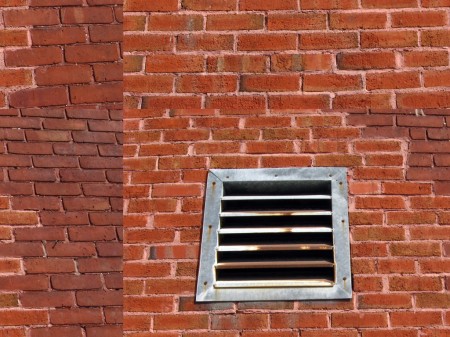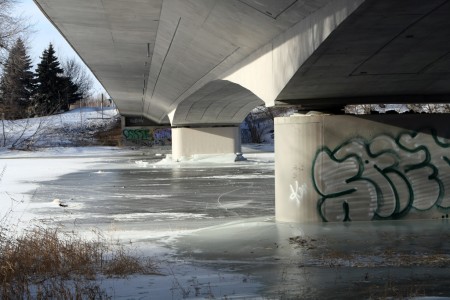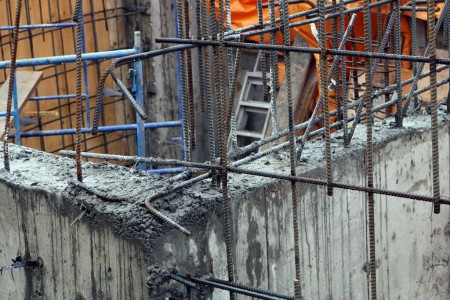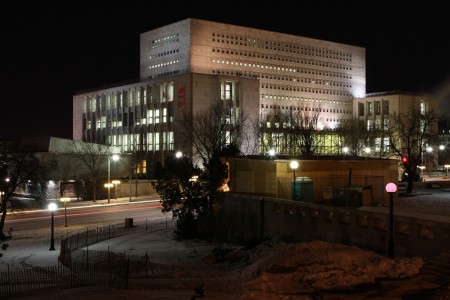To me, it seems problematic that people are excessively moved by the initial purchase price of various goods, giving much less consideration to total cost of ownership. For instance, when I used to sell printers at Staples, I observed that a $10 difference in price would often be enough to make a person choose one machine over another. My sense was that this encouraged printer manufacturers to make ever-shoddier products, hoping to capture the business of those who apparently care a lot more about the initial impact on their chequing account than on how long and well the product will serve them.
The same phenomenon is observable everywhere – in everything from clothes and shoes that fall apart in a few months to houses where corners have been cut in construction, at the expense of their efficiency, lifetime, and other factors.
I wonder if there is any way a labeling system could be devised to better express the real cost of products. For goods that have been available for many years, it seems like it should be possible to calculate the average length for which they remain in good working order, as well as tally up maintenance costs. Alongside the price, a label could display both the average number of years for which a product is likely to be useful, and the total cost of ownership divided across those years. The labels would have to be developed by some outside independent rating agency, somewhat akin to the analyses that are performed on automobiles.
Some will surely object that such ratings would be some kind of restriction on the free market. I argue that they are just the opposite. Rational choice models of economics hold that consumers have effectively perfect knowledge about what they buy, including factors like probable lifetime and upkeep costs. Actually providing this information in an effective and accessible way would help people to make rational economic choices. In so doing, it would mean that more people found themselves using more durable goods of higher quality. That, in turn, would cut down on total resource use and waste accumulation.
Such a system could be implemented in a number of different ways. Most ambitiously, it could be a national requirement, with a public agency producing the figures. A less elaborate option would be a voluntary rating system run by a non-profit entity which manufacturers could submit their goods to for evaluation. That would at least offer manufacturers of quality products a way to demonstrate their value through an independent estimate. Another approach would be for a quality-conscious retailer to implement such a system themselves. One example that comes to mind is Canada’s Mountain Equipment Co-Op. They could collect data from their members and produce estimates for durable products like tents, sleeping bags, stoves, climbing gear, etc.






